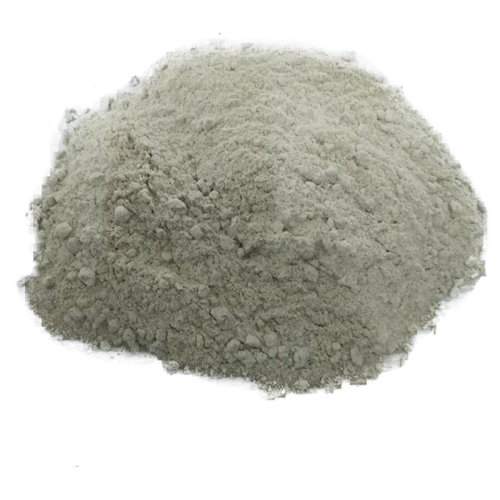 An induction furnace consists of a nonconductive refractory crucible, surrounded by a coil of copper tubes. Running a powerful alternating current through the coil creates a magnetic field that induces electric currents inside the metal and quickly melts the charge inside the furnace by Ohm effect. The coil is made of hollow copper tubing in which cooling water flows. The water picks up the heat conducted from the bath through the neutral ramming mass, and is then recirculated through a heat exchanger. Proper and well – maintained refractory linings are important for a safe operation of the induction furnace. The physics of electrical induction demand that the refractory lining be as thin as possible. At the same time it must be thick enough to fully protect the coils and prevent metal run out due to corrosion and mechanical shocks. Assuring that the neutral lining for induction furnace remains within the manufacturer specified limits requires careful usage of the lining during operation as well as inspection and monitoring procedures.
An induction furnace consists of a nonconductive refractory crucible, surrounded by a coil of copper tubes. Running a powerful alternating current through the coil creates a magnetic field that induces electric currents inside the metal and quickly melts the charge inside the furnace by Ohm effect. The coil is made of hollow copper tubing in which cooling water flows. The water picks up the heat conducted from the bath through the neutral ramming mass, and is then recirculated through a heat exchanger. Proper and well – maintained refractory linings are important for a safe operation of the induction furnace. The physics of electrical induction demand that the refractory lining be as thin as possible. At the same time it must be thick enough to fully protect the coils and prevent metal run out due to corrosion and mechanical shocks. Assuring that the neutral lining for induction furnace remains within the manufacturer specified limits requires careful usage of the lining during operation as well as inspection and monitoring procedures.Contact: Ed
Phone:
Tel: +86-371-88886886
Email: info@cxfirebrick.com
Add: South Tower, Greenland Central Plaza, Zhengzhou, Henan Province, China